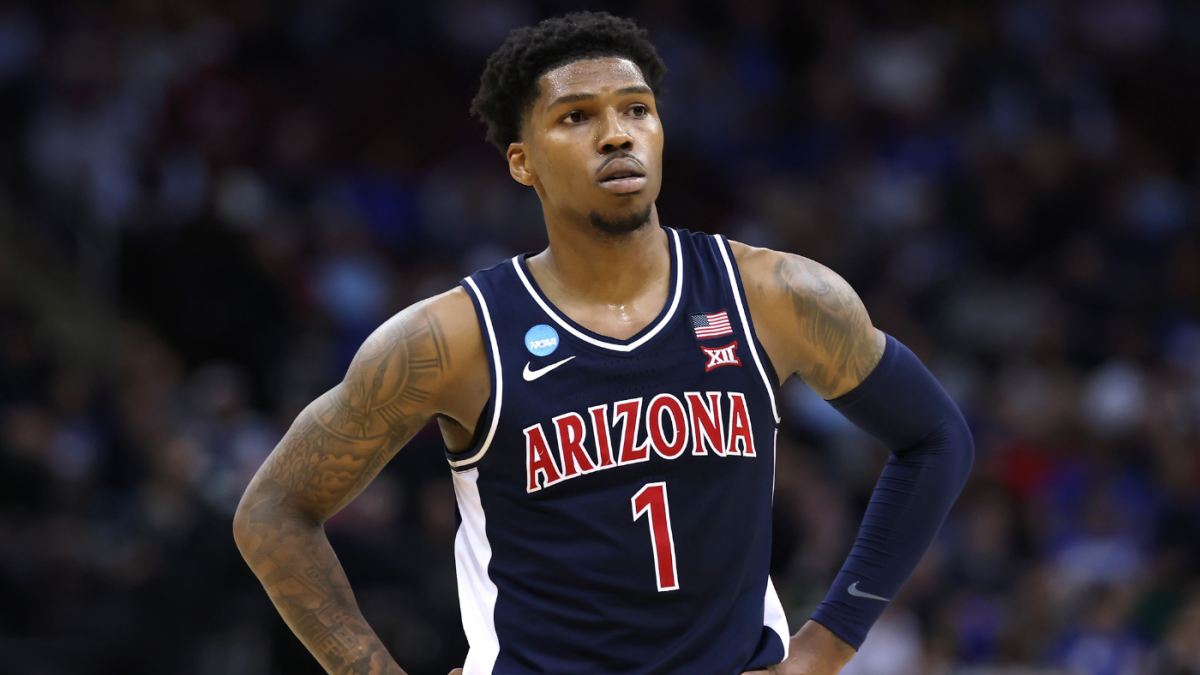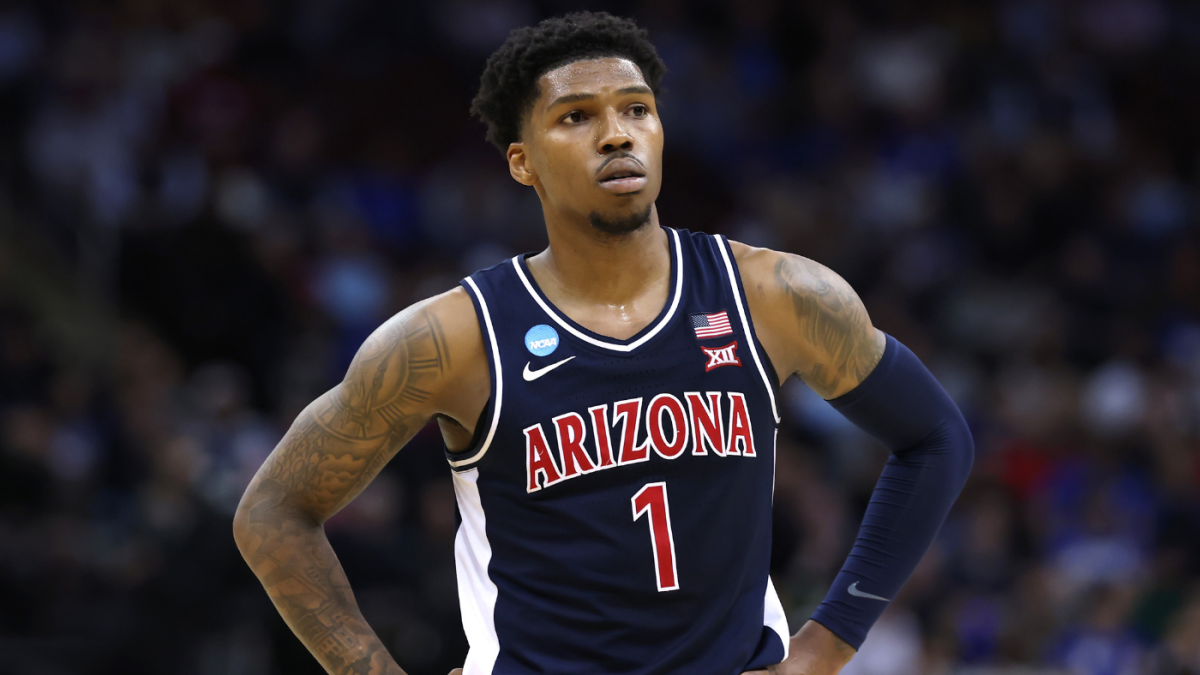The 2025 NBA Draft was a whirlwind of anticipation, surprises, and, as always, a few notable omissions. While the draft class was packed with talent, the league’s 59 available picks left many skilled players on the outside looking in. This year’s crop of undrafted prospects includes a mix of college stars and international standouts, each with unique attributes that could translate to NBA success. The absence of these players from the draft board raises questions about the evolving priorities of NBA front offices and the shifting landscape of player evaluation.
One of the most striking aspects of the 2025 draft was the emphasis on youth and potential over proven college production. Teams increasingly prioritize younger, less proven players—often international prospects or freshmen—over upperclassmen with established track records. This trend is evident in the omission of several high-profile college stars, including Mark Sears, Caleb Love, RJ Luis Jr., and Ryan Nembhard. Each of these players boasts impressive credentials, yet they were passed over in favor of younger, more projectable talents.
Mark Sears, a standout guard from Alabama, had a stellar senior season, averaging over 20 points per game and shooting 40% from three-point range. His combination of scoring ability, playmaking, and defensive tenacity made him a key contributor for the Crimson Tide. However, his lack of ideal NBA size (6-foot-1) and questions about his defensive versatility likely contributed to his omission. While Sears may not have the upside of younger prospects, his collegiate production suggests he could contribute immediately as a scorer or backup point guard in the NBA.
Caleb Love, a dynamic guard from Arizona, also found himself undrafted despite a strong collegiate career. Love’s experience playing in high-pressure situations, including a Final Four appearance with North Carolina and a conference title with Arizona, speaks to his competitive spirit and clutch gene. However, concerns about his efficiency, shot selection, and defensive consistency may have deterred teams from selecting him. Love’s size and scoring versatility could still make him an attractive option for teams looking for a rotational guard with a winning pedigree.
RJ Luis Jr., a versatile forward/guard from St. John’s, showcased his all-around game with strong rebounding, defensive activity, and offensive versatility. His size, switchability, and aggressive playing style are traits that many NBA teams covet. However, his lack of elite athleticism and questions about his positional fit may have contributed to his omission. Luis Jr.’s motor and defensive mentality could make him a valuable addition to a G League roster, with the potential for an NBA call-up.
Ryan Nembhard, a point guard from Gonzaga, was known for his poise, vision, and adaptability. His ability to orchestrate an offense and set the table for teammates made him a valuable asset in college. However, concerns about his athleticism, size, and defensive versatility likely dropped him behind more physical, projectable guards. Nembhard’s collegiate resume, marked by winning and high efficiency, could still earn him a spot on an NBA roster, particularly with teams looking for floor leadership and secondary playmaking.
The patterns in this year’s draft snubs highlight the NBA’s shifting priorities. Teams are increasingly focused on youth, upside, and positional versatility. This means that younger, less proven players—often international prospects or freshmen—are being selected over well-known upperclassmen. Defensive length and the potential for two-way impact are also highly valued, sometimes at the expense of singular offensive skill sets. Questions about “positional fit” or “ceiling” can significantly impact a prospect’s draft stock, even if their production trumps others by leaps and bounds.
For undrafted players, the journey to the NBA is far from over. Many will sign Exhibit 10 contracts, two-way deals, or G League spots, looking to prove their worth. The NBA’s summer and fall leagues provide valuable opportunities for undrafted players to showcase their skills and earn a roster spot. Teams prioritize their developmental systems, bringing in undrafted players with the intention of molding them into valuable contributors. The success stories of undrafted players like Jaylen Nowell, Duncan Robinson, Austin Reaves, and Luguentz Dort serve as inspiration for this year’s crop of overlooked talents.
Beyond the NBA, there is also an international market for undrafted players. Pro leagues in Europe and Australia offer competitive salaries, visible platforms, and chances to develop, all while NBA scouts watch closely for call-up candidates. Players like Mark Sears, Caleb Love, RJ Luis Jr., and Ryan Nembhard have the track record, character, and game to stick on an NBA roster given the right opportunity. Their leadership, toughness, confidence, and on-court IQ make them valuable assets for any team willing to take a chance.
In conclusion, the 2025 NBA Draft highlighted the league’s evolving priorities, with a clear emphasis on youth, potential, and positional versatility. While several high-profile college stars went undrafted, their journeys are far from over. The NBA’s developmental systems, summer leagues, and international markets provide ample opportunities for undrafted players to prove their worth and earn a roster spot. The stories of these overlooked talents serve as a reminder that the best players are not always the ones with the highest draft capital, but those with the resilience, skill, and determination to carve out their own path to success.












